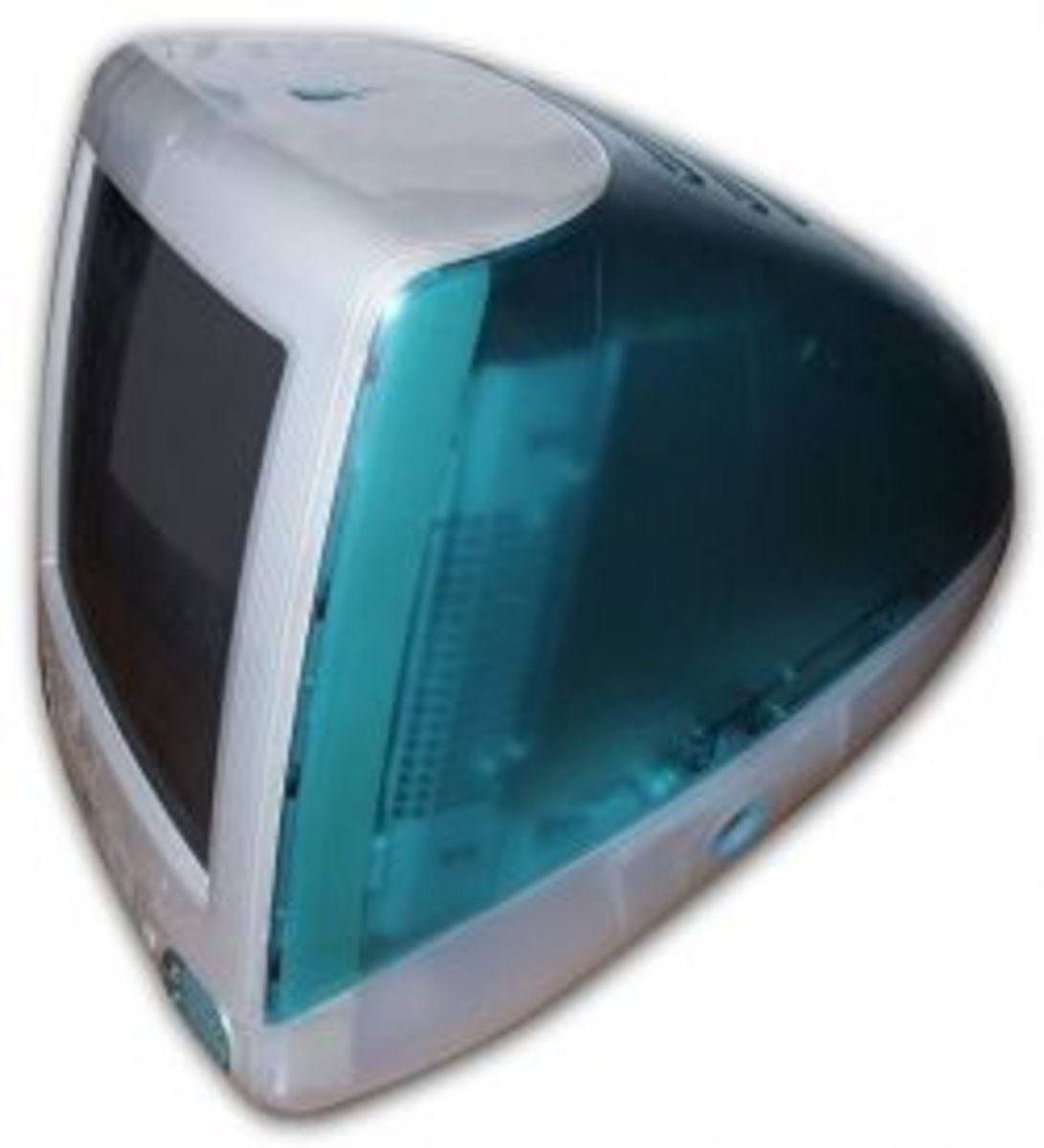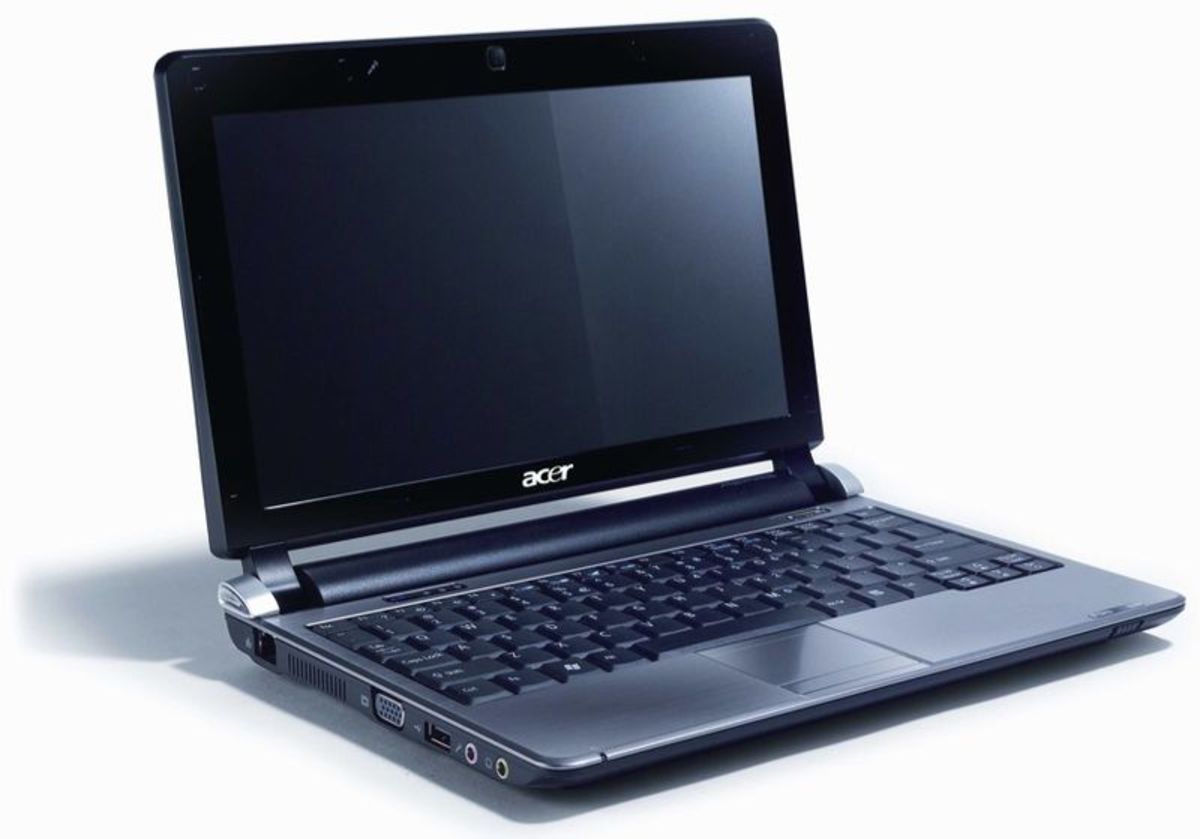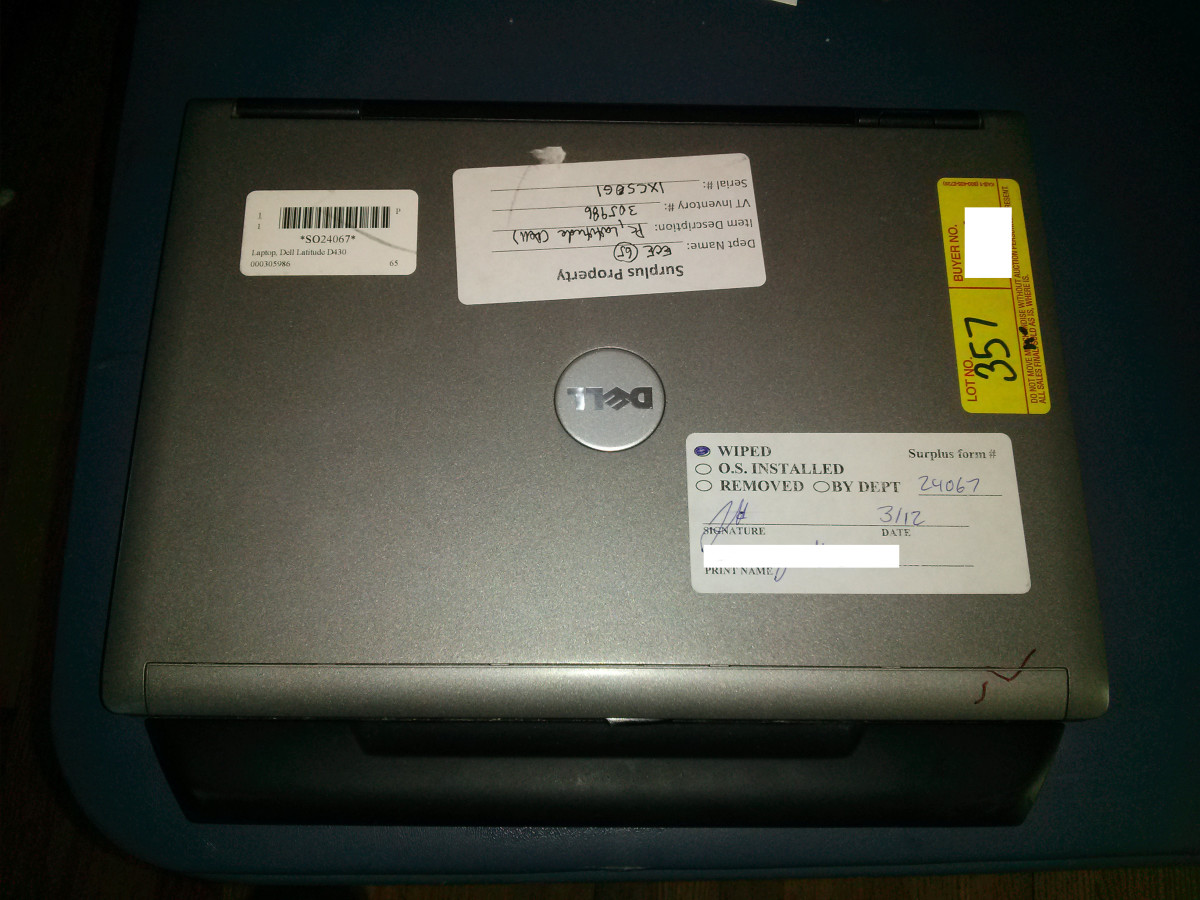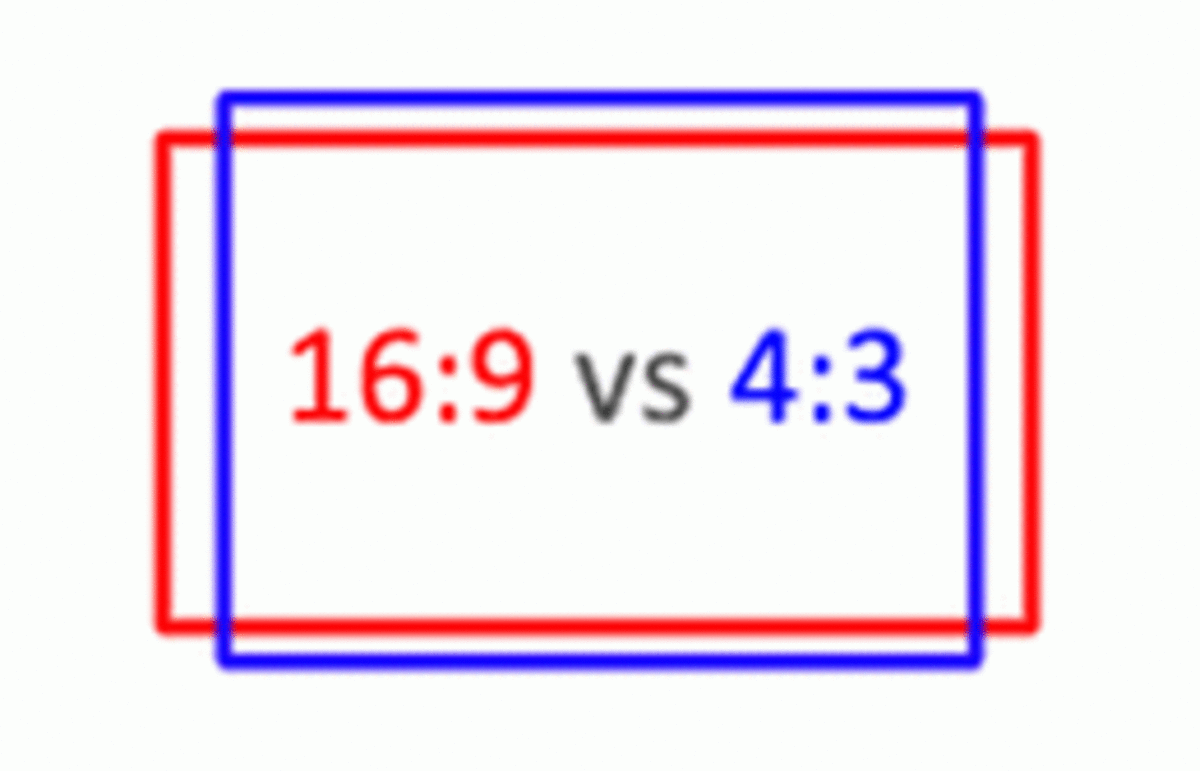1TB Hard Drive
At the January, 2007 Consumer Electronics Show, Hitachi announced an industry first terabyte storage capacity hard drive. The Hitachi 1TB hard drive was the first consumer level drive that could store more than 999 gigabytes. The achievement marked a huge milestone that the industry had been working toward since IBM made the first hard drives in the mid-1950s which had a storage capacity of 5 megabytes. It took IBM twenty-five years to break the 1 gigabyte mark in 1980. This hard drive wasn’t exactly consumer friendly because it weighed more than 500lbs and was the size of refrigerator. In 1995, Seagate produced the first consumer 1 gigabyte hard disk drive which sold for $849 which equates to 85 cents per megabyte. The retail prices of first 1TB hard drives were $399 or 40 cents per gigabyte or 0.04 cents per megabyte. The last three years have seen the price per gigabyte of storage come down further, even for the laptop hard drive category.
The Road to 1000 Gigabytes
A typical hard drive consists of four major parts.
1. Platter(s), a flat disk that spins around at a high rate of speed. Each platter also has a magnetic coating where data are actually stored.
2. Spindle motor that rotates the platters.
3. Actuator arm or access arm that glides over the surface of each platter that reads and writes information onto the magnetic coating.
4. Electronic control system that orchestrates the rotation of the platters and the movement of the actuator arm.
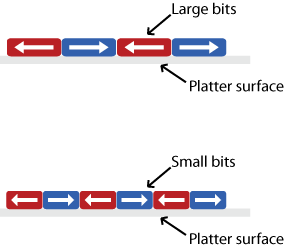
Each byte on the drive is made up of 8 bits where every bit is a one or a zero. Whether a bit is a 1 or a 0 is determined by the localized magnetic polarity for that tiny section of the hard drive. You can think of each bit on the hard drive as an extremely small magnet. For the purposes of demonstration, if the magnet is laying left to right then the bit is a zero. On the other hand, if that bit is laying right to left then it is a one. Until 2006, capacity increases were mainly due to reducing the size of each bit on the surface of the platter.
As the bits became smaller, more of them could fit within any given surface area. The number of bits per unit area is known as areal density which measured in megabits per square inch. Reducing bit size was effective at increasing areal densities until bits became so small that they were being impacted by the superparamagnetic effect. Superparamagnetism causes spontaneous “bit flip” under slight temperature variations. Bit-flipping occurs when a bit goes from a 0 to a 1 or from a 1 to a 0. Spontaneous bit-flipping is obviously bad because it can lead to corrupt data and it is very difficult to recover lost data after they become corrupted.

Simply shrinking the size of the bit was no longer sufficient. The industry had to change tactics. In 2004, Maxtor developed a cost-effective manufacturing process for a technology concept that had been in the industry for a number of years. That concept was perpendicular recording. Up to this point, bits on hard drives were oriented longitudinally, that is placed parallel to the platter surface. Perpendicular recording, instead, oriented bits perpendicularly to the surface of the platter. This allowed manufacturers to cram more bits into the same space without worrying about consumers having to go through a hard drive crash recovery due to superparamagnetism.
Before Maxtor could release its first drive based on perpendicular recording technology, it was purchased by Seagate. Seagate took advantage of its newly purchased technological advantage by producing the first 750GB drives. This was a full 50% bigger than any product that its competitors had on the market. Unfortunately for Seagate, it was several months after Hitachi’s 1TB internal hard drive came out for the first Seagate 1TB hard drive to hit the market. Samsung’s SpinPoint F1 1TB hard drive was the third major release in this size segment. The terabyte category is quickly maturing with a wide range of products and accessories. However, a 1TB IDE hard drive product has yet to be produced. Most manufacturers have elected to stop producing IDE drives all together or are only producing smaller drives compatible with this outdated interface technology.
External 1TB Hard Drive Options
The Western Digital 1TB hard drive product offering in the external drive category is in the My Book Elite series. This product has not been well received by analysts or consumers and so is not a recommended buy. However, the WD Caviar Black 1TB hard drive has enjoyed critical praise since it was released in 2008 and is worth consideration if you are looking for an internal drive. Samsung’s STORY Station is an extremely popular, well reviewed 1TB portable hard drive and is a recommended buy. What if you are looking for large storage, reliable performance, and stylish enclosure? Then the Lacie 1TB hard drive designed by Neil Poulton will not disappoint.
Finally, the USB 3.0 standard is still relative new. Consequently, the 1TB USB 3.0 hard drive market is thin at the moment. Look for this segment to fill out in the coming months. There are several hard drive docks and hard drive enclosures for you to chose from if you’d like to get your high speed USB fix a bit earlier.

